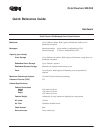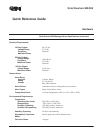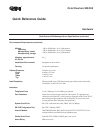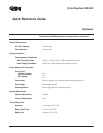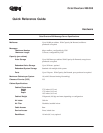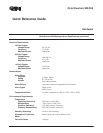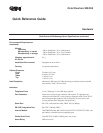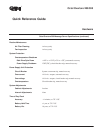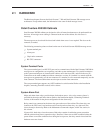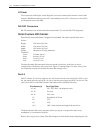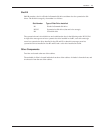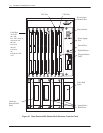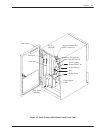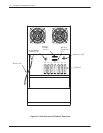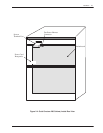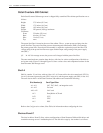
Hardware
2-1
Octel Overture 200/300 Serenade 3.0
PB60014–01
2.1 HARDWARE
The
Hardware chapter discusses the Octel Overture
t
200 and Octel Overture 300 message-server
architecture. Except where noted, the information is the same for both message servers.
Octel
Overture 200/300 Cabinets
Octel
Overture 200/300 cabinets are designed to allow all normal maintenance to be performed from
the front. All message server cabling is connected at the rear of the cabinet. No side access is
necessary.
The message server door should be closed and locked when access is not required. The door can be
removed, as needed.
The following connection points are found on the rear of an
Octel Overture 200/300 message server:
-
System terminal port
-
Alarm port
-
50-pin telco connectors
-
RS-232C connectors
System Terminal Ports
The
system terminal port is an RS-232C port used to communicate with the Octel Overture 200/300 for
message server configuration, error reporting, and other system maintenance. T
wo parallel connectors
to the system terminal port are located on the cabinet, one in the front (SP1) and one in the rear (J1).
Connection can be made to
only
one of these connectors at a time. If a terminal is to remain with the
message server permanently
, use the rear connector
. If a terminal is to be connected temporarily
, use the
front connector
. The front cabinet door must be open to use the front connection.
The system terminal port supports any ASCII send/receive serial terminal. Refer to the Installation
chapter
, Connecting T
erminals section, in this volume.
System Alarm Port
Major
and minor alarm relays provide alarms for hardware errors. A dry-relay contact closure is
provided for the major and minor alarms. Refer to the Installation chapter
, Connecting T
erminals
section, of this manual for the pinout configuration for the alarm relays.
Relay controls are connected to the alarm relay port at the rear of the cabinet. The alarm relays are
located on the CPU board. Any hardware error closes the minor alarm relay
. Any alarm call also
closes the major alarm relay
. Refer to the Maintenance Commands chapter
, Alarm T
est section, in
this volume.
If power fails, both relays close the contacts. Both relays remain closed during power restoration
until the software boot process opens the relays. However
, if there was an alarm condition before the
power failure or an alarm condition arises during the boot process, the relays remain closed until the
hardware errors are cleared.



